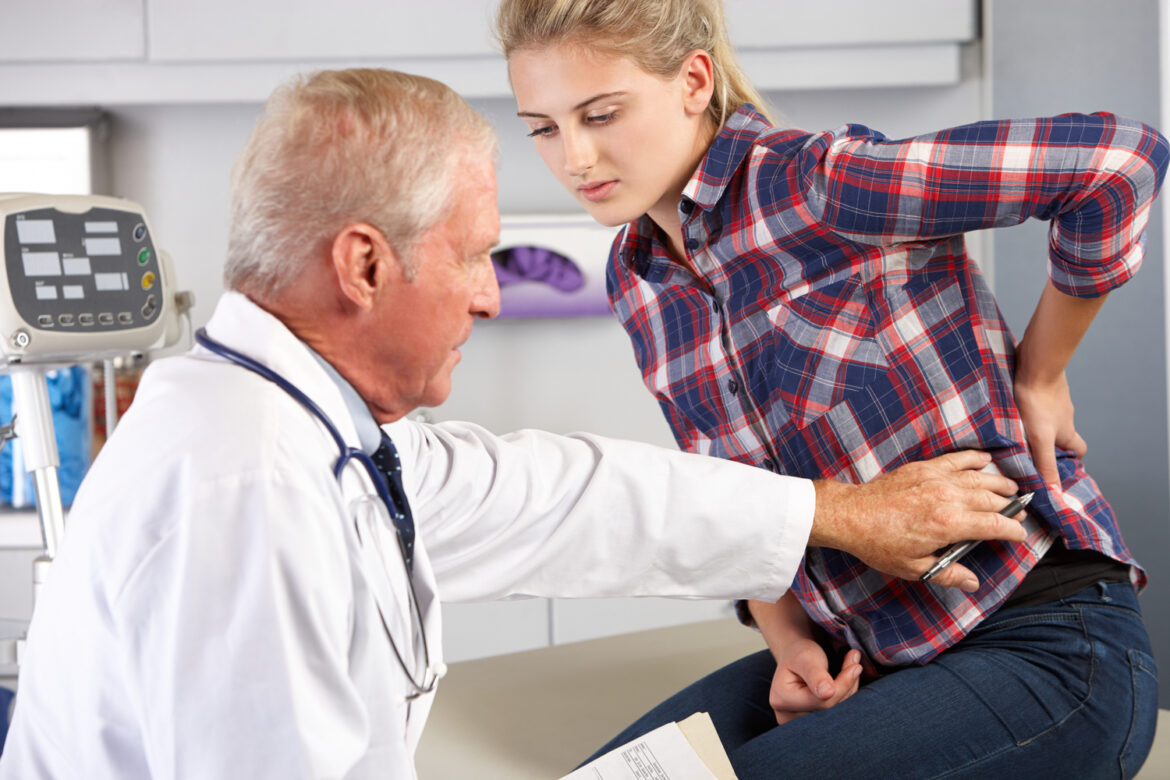Osteoporosis is a serious condition that affects a person’s bones, its Latin name meaning ‘porous bones’.
Though healthy bones have tiny spaces, osteoporosis increases the size of these spaces. This causes the bones to lose strength and density. In addition to this, the outside of the bone grows weaker and thinner.
The condition can happen to a person of any age, but it is more common in older adults, especially women. People with the condition are at a higher risk of fractures, while doing everyday activities such as standing or walking. The most affected bones are the ribs, hips, and the wrists and spine.
The early stages of osteoporosis don’t have any symptoms or warning signs and in most cases, people with osteoporosis don’t even know they have the condition until they get a fracture.
If Symptoms Do Appear, Some May Include:
- Receding gums
- Weakened grip
- Weak and brittle nails
If you don’t show symptoms but have a family history of it, talking to your doctor can help you figure out your risk.
Age
The biggest risk factor for osteoporosis is age. In your 30s, your body starts to break down bone faster than it’s able to replace it, which leads to bone that’s less dense, more fragile and more prone to breakage.
Menopause
Menopause is another primary factor, occurring in women around the ages of 45 to 55 years. The change in hormone levels during menopause can cause a woman’s body to lose bone even very quickly. While men continue to lose bone at this age, it is at a slower rate than women. By the time they reach the ages of 65 to 70, women and men usually lose bone at the same rate.
Other Risk Factors Include:
- Being female
- Being Caucasian or Asian
- Having a family history of osteoporosis
- Poor nutrition
- Physical inactivity
- Smoking
- Low body weight
- Small-boned frame
You can always control some of these risk factors for osteoporosis, like poor nutrition and inactivity. For example, you can start to improve your diet and start an exercise program that can benefit your bone health.
There are, however, some factors that do fall within your control.
Some Of The Best Ways To Prevent It Include:
- Getting the recommended daily amount of calcium and vitamin D
- Weight-bearing exercises
- Stopping smoking
- Weighing the pros and cons of hormone therapy
If you’re at risk of developing osteoporosis,speak with your doctor about the best way to prevent it.

